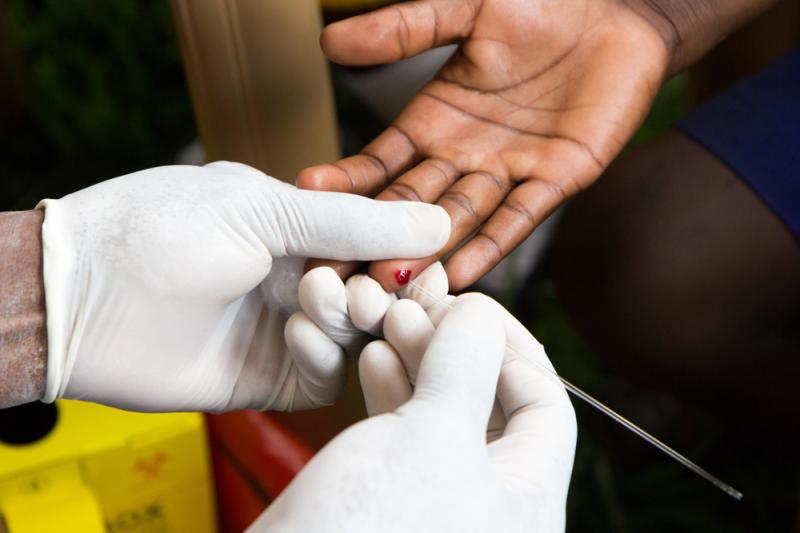
High-molecular-weight adiponectin (HMWA) is inversely correlated with proinsulin in the general population, a new Japan study has found.
Researchers conducted a cross-sectional analysis of 488 participants (aged 35–79 years; 53.9 percent female) who were not on oral hypoglycaemic or insulin medication. Venous blood samples were collected for the laboratory measurement of proinsulin and HMWA.
The median serum HMWA was 3.6 µg/mL, while the median proinsulin level was 9.0 pmol/L. At baseline, participants had a median glycated haemoglobin level of 5.4 percent, and the homeostatic model assessment of insulin resistance (HOMA-IR) was at 1.0.
Univariate linear regression analysis revealed a statistically significant and inverse correlation between HMWA and proinsulin in the total study sample. This remained true even after adjusting for age and sex (β, –0.37, 95 percent confidence interval [CI], –0.46 to –0.28; p<0.01).
This interaction remained robust in subsequent stratified analyses. For instance, serum HMWA remained significantly and inversely associated with proinsulin in participants below (β, –0.24, 95 percent CI, –0.35 to –0.13; p<0.01) and at or above (β, –0.33, 95 percent CI, –0.47 to –0.19; p<0.01) the median body mass index value.
Disaggregation according to the median values of insulin and HOMA-IR yielded similarly significant correlations. Notably, serum HMWA retained its relationship with proinsulin even in participants with (β, –0.36, 95 percent CI, –0.68 to –0.04; p=0.03) and without (β, –0.32, 95 percent CI, –0.41 to –0.24; p<0.01) diabetes.